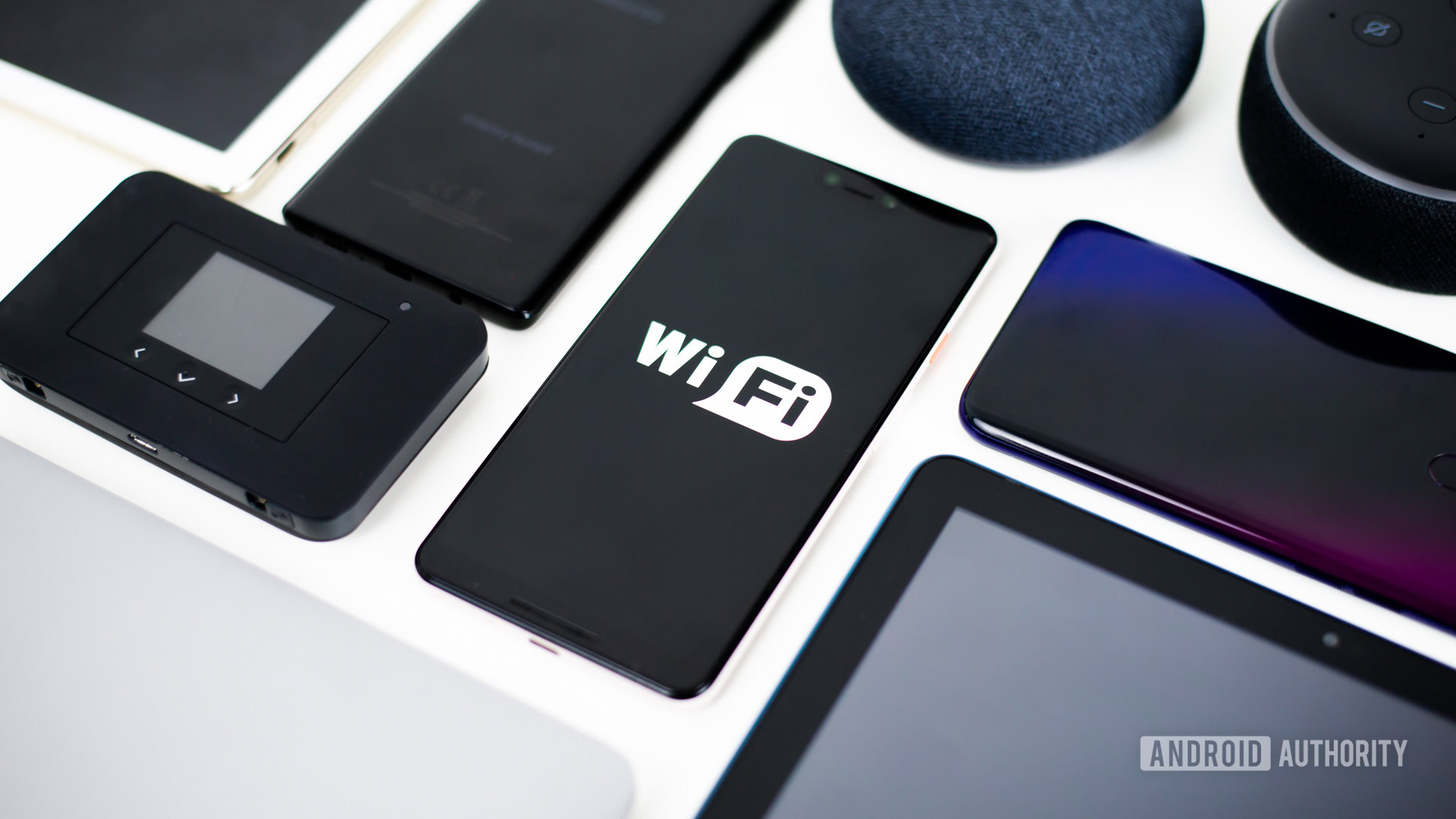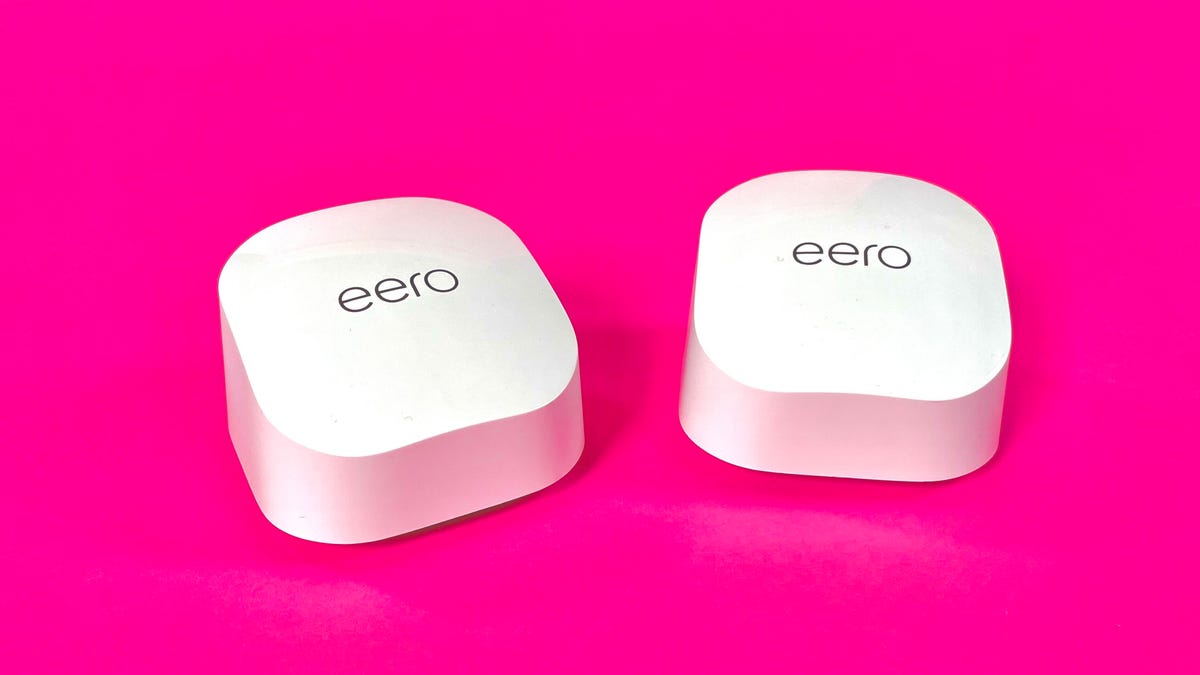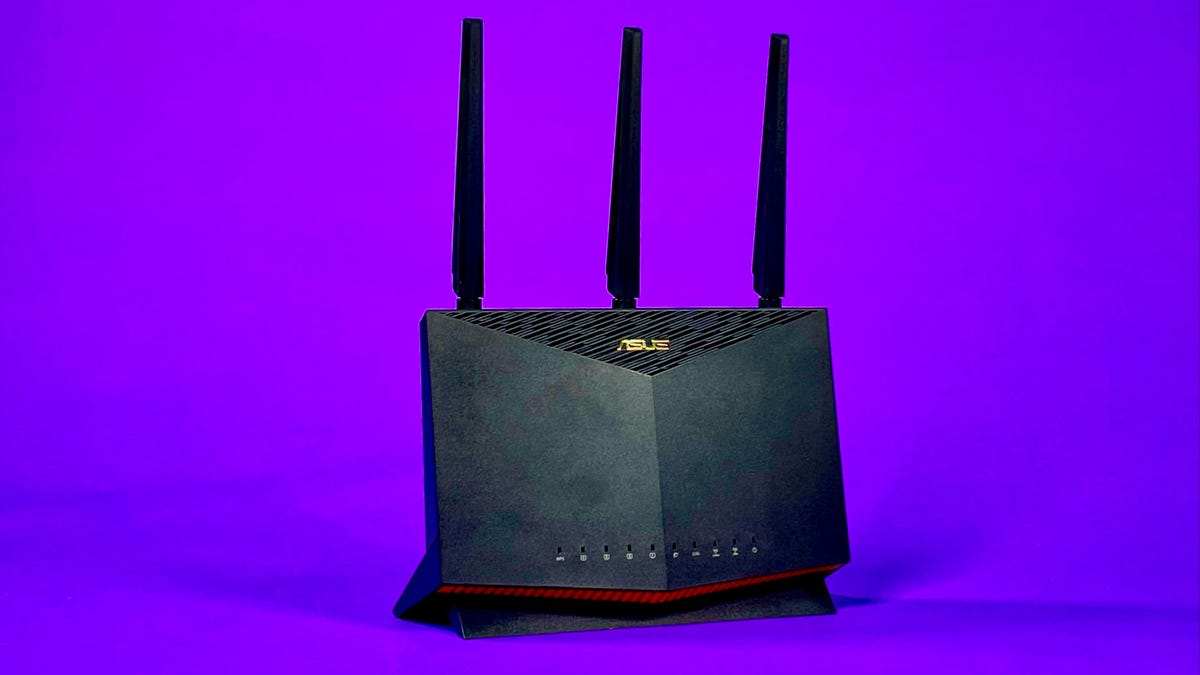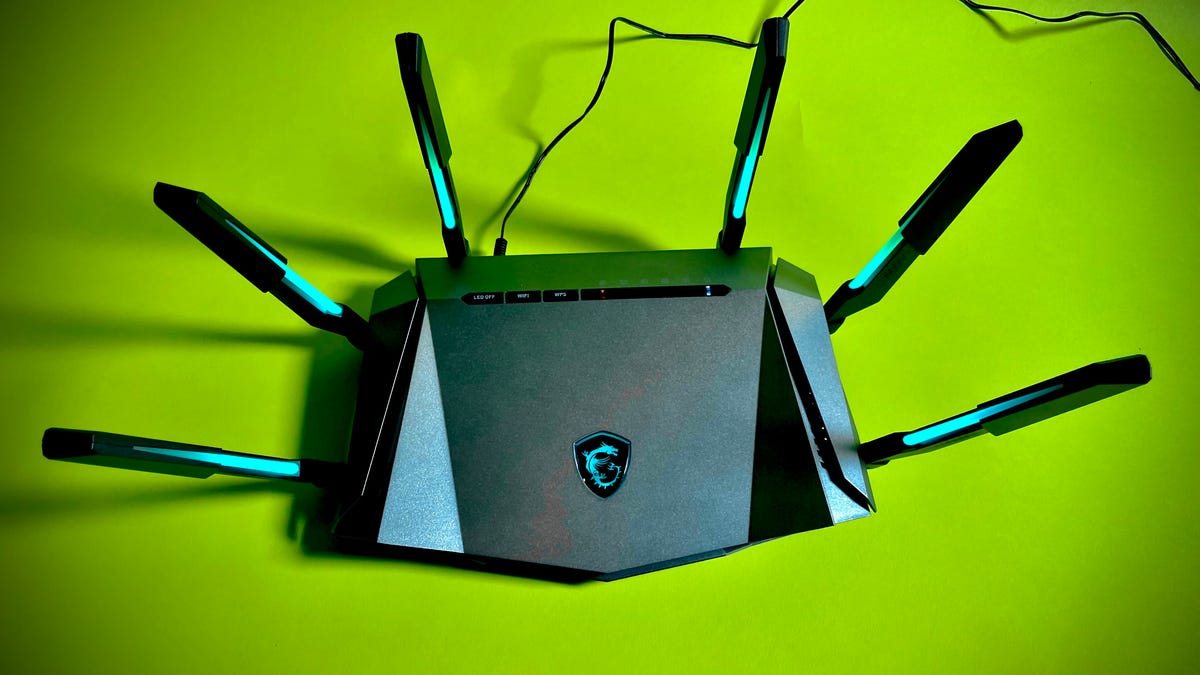Tag: WiFi
-

What to do if your Android phone won’t connect to Wi-Fi
Edgar Cervantes / Android Authority Wi-Fi connection problems are pretty frustrating. Maybe it’s just me, but they always seem to happen at the worst time — like during an important meeting. You’re not alone; It’s a pretty common issue. In this post, we’ll look closely at a few fixes that might solve your connectivity problem and…
-

Best Mesh Wi-Fi Router Systems of 2023
$58 at Amazon Nest Wifi A solid Wi-Fi 5 system (but don’t spend more than $200) What is the best mesh router overall? The further you get from your router, the weaker your internet connection tends to be. The best thing you can do to fix the issue is to upgrade to a mesh router.…
-

Best mesh wifi units in the Uk 2023
Before you purchase, it is really really worth recognizing that a mesh wifi procedure is a little bit more intimidating than the standard wifi routers you may be made use of to. And they’re much more sophisticated, necessitating you to expend a bit more time on set up and in an app tinkering with options.…
-

Best Wi-Fi Routers for 2023
$200 at Netgear Netgear Orbi (dual-band, AC1200) Best mesh router on a budget Show more (1 item) In this article: Your internet speed is only as fast as the router it’s going through. But that doesn’t mean you need to spend a fortune. For most homes, the TP-Link Archer AX21 is the best router choice based on…
-

Find Free Wi-Fi Almost Anywhere Your Travels Take You. Here’s How
Vacation is the perfect opportunity to disconnect, but that’s mainly from work and other responsibilities, not everything. You’ll undoubtedly still want a good internet connection for keeping in touch with friends and family on social media, researching local places to eat or streaming your favorite shows when you have the down time. So what happens when…
-

Your Router Is in the Wrong Spot. Here’s Where to Move It to Speed Up Your Wi-Fi
Few things are more frustrating than a slow home internet connection. It’s a massive headache if you work from home, if you’re trying to install smart home gadgets, or if you just want to unwind with some Netflix at the end of the day. So what can you do if your Wi-Fi always seems to be unstable, regardless…